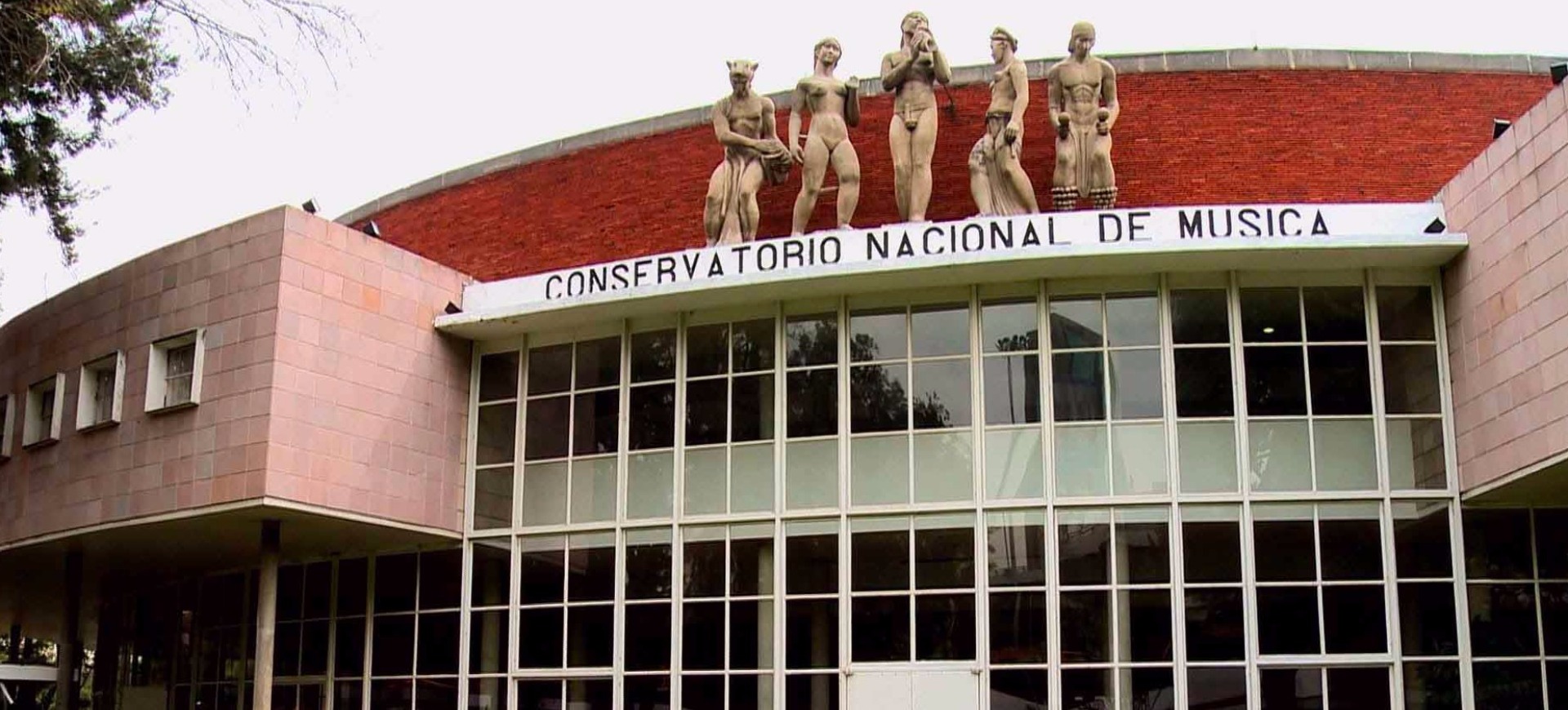
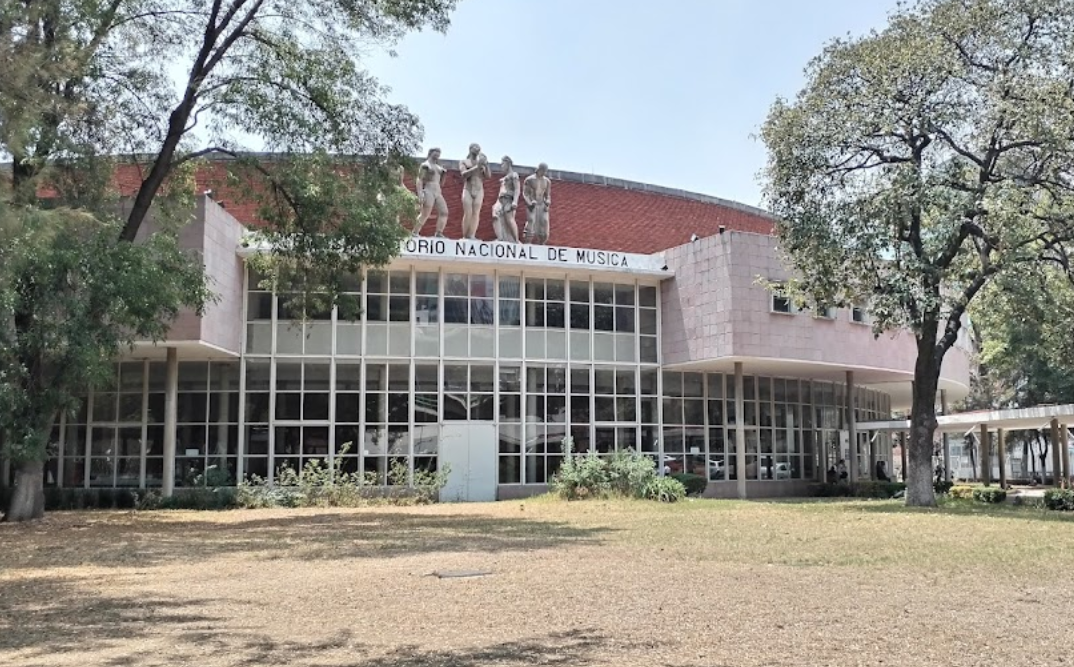
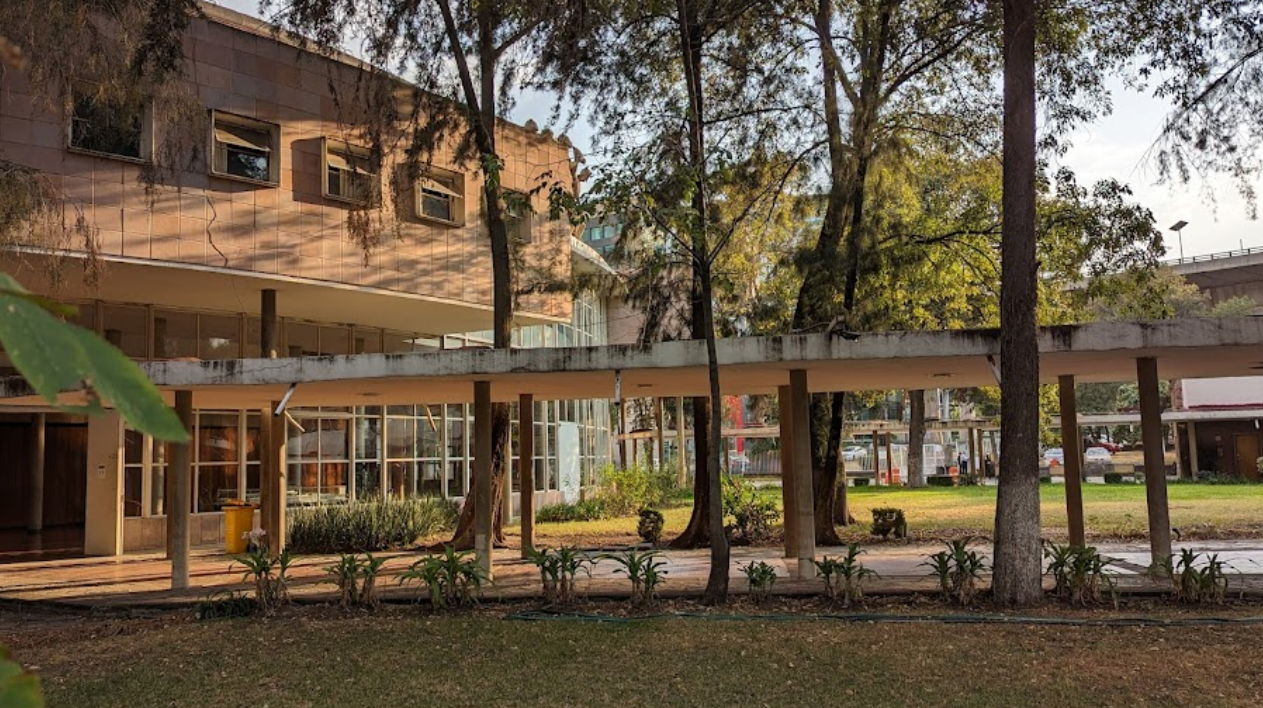
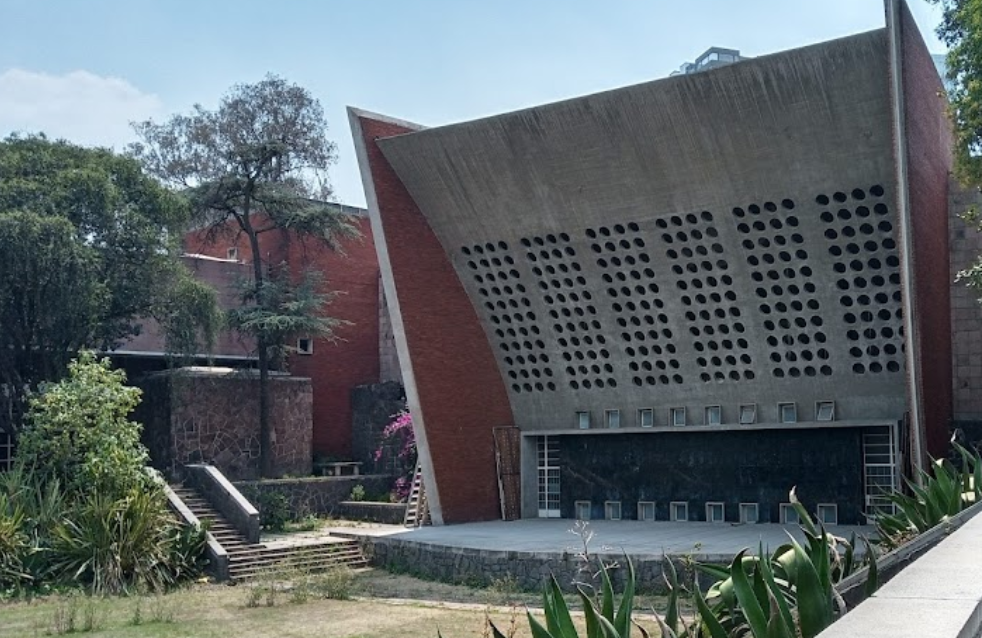
The National Conservatory of Music (CNM – Conservatorio Nacional de Música) is Mexico’s oldest and most prestigious school of Music. It dates to 1866 and today occupies a masterpiece of mid-century architectural design. At the western end of both the Avenida Masaryk and Campos Eliseos, two of Polanco‘s most prominent streets.
The Mexican Philharmonic Society founded the original Conservatory with the blessing of Emperor Maximilian I. They based their plans for the school on the Royal Conservatory of Music in Madrid. Beginning with 14 instructors, the early school boasted some 800 students just two years after its founding. The private Society was dissolved in 1876, and then fully nationalized a year later in the earliest years of the Porfiriato period. Soon after the Mexican Revolution, the Secretary of Public Education took control of the entire organization. And today, it’s part of the INBAL.
Only in 1946 were plans made for a permanent location for the school. Property for the school was expropriated from the German Equestrian Club during the administration of President Manuel Ávila Camacho. The architect selected for the project Mario Pani. He worked with a group of engineers under Bernardo Quintana. Pani had already collaborated with sculptor Armando Quezada who’d completed the Last Supper on the façade of Pani’s 1946 Church of Cristo Rey & Santa Monica. The sculptures here, in white stone from Oaxaca, stand in remarkable juxtaposition to Pani’s plainly horizontal semi-circular functionalist design.
Pani’s National Conservatory of Music faces west with the main façade beneath Quezada’s sculptural group. The base of a V-shape, on the eastern end is the giant outdoor theater flanked on both sides by the buildings housing the schools many classrooms. Each of the two wings end in a circular tower, one housing a library, and the other, a percussion studio.
The school houses an indoor auditorium with audience capacity of 900 on a famous circular floor plan. Two more concert halls have capacity for 200 persons each. Multiple rehearsal rooms host orchestras, choirs, chamber music ensembles, and more. The school also houses 16 classrooms and about 80 cubicles individual and group study and practice.
The wooded gardens, surrounded by steps into the outdoor amphitheater, are among the most enchanting in Mexico City and bear comparison to those at Tlatelolco which Pani would design some 20 years later. The entire building and grounds of the Conservatorio Nacional de Música were declared a National Artistic Monument in 2012.
 +525586475390
+525586475390
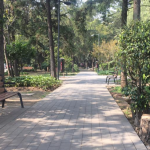
Nearest at 0.09 kms.

Nearest at 0.16 kms.

Nearest at 0.20 kms.
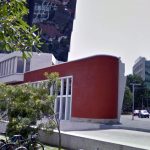
A remarkable vision of the mid-century in Mexico City . . .
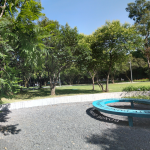
A wonderfully kept secret part of Chapultepec on the edge of Lomas . . .

A dramatic, looming tower above western Chapultepec . . .

Main street in one of Mexico City's most iconic southern neighborhoods . . .

Sears' stable stronghold in Polanco...